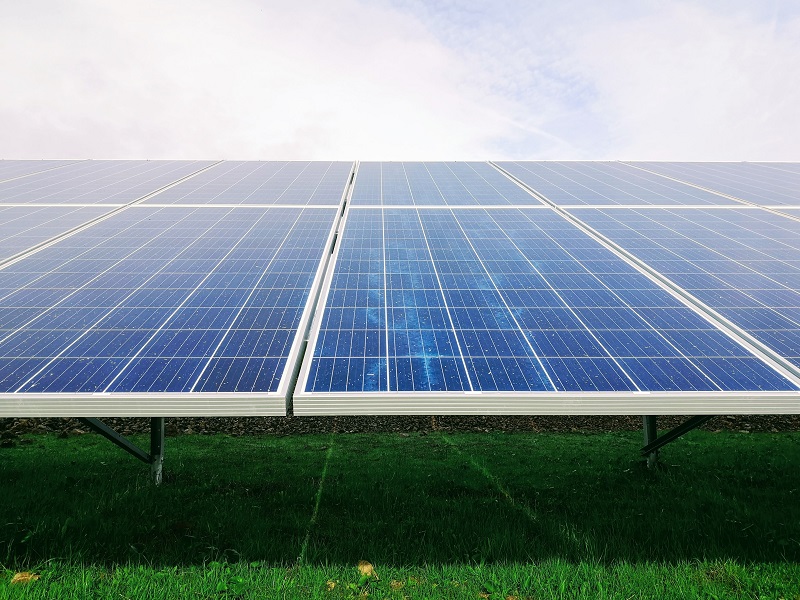Global investment in renewable energy capacity from 2010-2019 is on course to reach $2.6tn, according to figures published today.
The Global Trends in Renewable Energy Investment 2019 report, published ahead of the UN Global Climate Action Summit on 23 September 2019, states that this investment is set to have quadrupled renewable energy capacity from 414 gigawatts (GW) at the end of 2009 to over 1,650GW by the end of 2019.
The report was commissioned by the UN Environment Programme in co-operation with the Frankfurt School-UNEP Collaborating Centre for Climate & Sustainable Energy Finance and produced in collaboration with Bloomberg New Energy Finance (BNEF), which provided data and analysis.
Renewable energy made up 12.9% of the global share of electricity generation in 2018, an increase from 11.6% in 2017. This increase is estimated to have avoided two billion tonnes of carbon dioxide emissions in 2018 alone.
According to the report, more gigawatts of solar capacity has been installed than any other generation technology, drawing $1.3tn of the total $2.6tn invested over the decade. Solar energy is expected to have grown from 25GW at the beginning of 2010 to 663GW, which is enough to meet the annual electricity demands of about 100 million average homes in the US.
UN Environment Programme executive director Inger Andersen said: “Investing in renewable energy is investing in a sustainable and profitable future, as the last decade of incredible growth in renewables has shown.
“But we cannot afford to be complacent. Global power sector emissions have risen about 10 per cent over this period. It is clear that we need to rapidly step up the pace of the global switch to renewables if we are to meet international climate and development goals.”
The report notes that renewable energy has become more cost-competitive over the decade, with the levelised cost of electricity falling by 46% for onshore wind and 81% for solar photovoltaics.
BNEF CEO Jon Moore said: “Sharp falls in the cost of electricity from wind and solar over recent years have transformed the choice facing policy-makers.
“These technologies were always low-carbon and relatively quick to build. Now, in many countries around the world, either wind or solar is the cheapest option for electricity generation.”
China has been the biggest investor in renewables capacity over the decade, with an investment of $758bn from 2010 to the first half of 2019. The US and Japan are the second and third-largest investors, with contributions of $356bn and $202bn respectively.
Europe invested $698bn over the decade, with Germany contributing the most in Europe at $179bn. The UK was the second-biggest contributor, with an investment of $122bn.
Renewable energy capacity was more widely distributed globally than ever in 2018, with 29 countries investing more than $1bn each. This is an increase from 25 countries in 2017 and 21 in 2016.
Frankfurt School of Finance and Management president Nils Stieglitz said: “It is important to see renewables becoming first choice in many places. But now we need to think beyond scaling up renewables.
“Divesting from coal is just one issue within the broader field of sustainable finance. Investors increasingly care whether what they do makes sense in the context of a low-carbon and sustainable future.”
